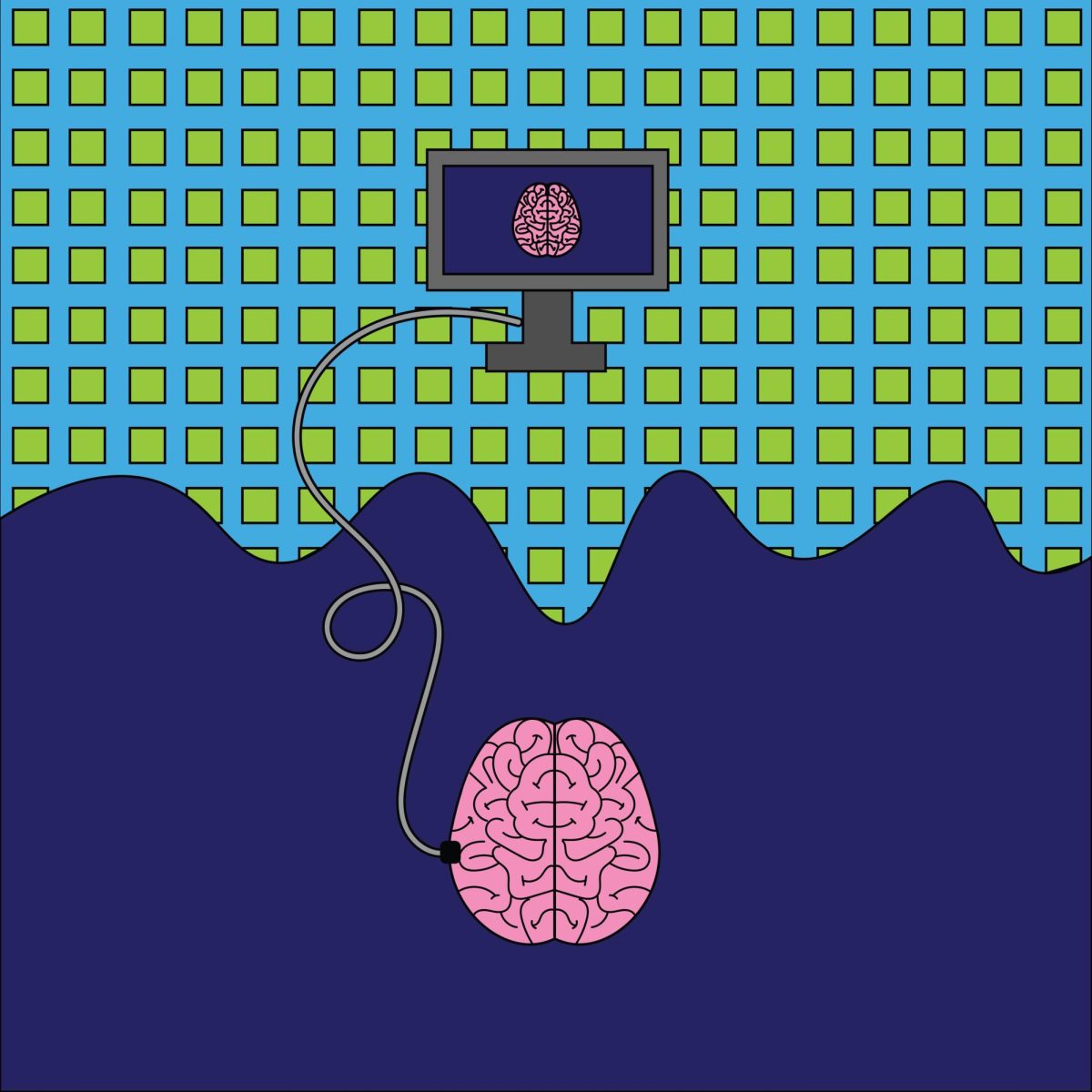After the first two days of classes, lines are wrapping
through the aisles of every bookstore on campus as University of Wisconsin
students shell out lots of cash to pay for their books.
But while most students complain about the steep prices of
textbooks, individuals are turning to other websites and methods to get the
needed material at a cheaper price.
Many are now frequenting sites such as Amazon.com and
Half.com to find used books at a lower cost.
And now on the rise is the e-textbook or electronic book,
which is an alternative to expensive textbooks, allowing students to rent the
text for a semester by downloading the information to their computer or even
uploading it to the new Sony e-reader or Amazon’s Kindle.
However, despite the new technology, traditional textbooks —
hardcover and bound — are not disappearing just yet.
Therefore, bookstore owners, online book providers and
publishers continue to compete in the market for business.
On one hand, they target professors of large introductory courses
to purchase the latest edition for their class, while on the other hand offering
students the most reasonably priced bundles, online tutors and even
downloadable playlists to help them pass their classes.
The E-Textbook
Richard Davies, press and publicity manager of Abebooks.com,
said electronic textbooks are on the rise because students are looking for
alternatives to expensive textbooks.
According to a survey of 1,578 students by Abebooks.com, the
major motivation for abandoning traditional books and adopting electronic
textbooks is the price.
In addition, Davies cited students’ ability to adopt new
technologies.
Students often calculate whether e-reader devices are worth
their money, and then can download electronic versions of textbooks to this
system or even their laptop.
“In many ways, textbooks are the ideal electronic book…,”
Davies said. “They are a functional
purchase rather than an emotional purchase such as a novel by your favorite
author.”
Charles Schmidt, director of public relations for National
Association of College Stores, said electronic textbooks serve a purpose for
students who wish to get their information in a particular format, but added
personally grinding through a 300-page textbook on statistics could be
challenging.
Schmidt said he is not sure if electronic textbooks are the
wave of the future until they are “Born Digital,” adding he is not convinced
the price is low enough to sway large numbers of purchases if the online
versions are just in the form of PDF file.
Still, students are even turning electronic textbooks into
playlists that can be listened to on their iPods like music.
“Personally, listening to Intro to Biology, Econ 101 or
Introductory Calculus doesn’t sound as interesting or fun to me as listening to
the latest release by Rihanna, or Greenday, or The White Stripes, or whatever
it is young people are listening to today,” Schmidt said.
But what students often forget is electronic texts are not
purchased and kept.
Schmidt said the texts are actually rented for a specific
amount of time, and if the text is something a student might need as a
reference, he or she will have to buy a hard copy as well.
Also, Schmidt added just because a student can buy an
electronic version of the text does not eliminate the need to purchase
workbooks and study guides that are included in the traditional bundle.
The legality and price of e-books
Like music, e-books present some copyright issues if books
are downloaded illegally.
Textbook services such as Universal Digital Textbooks and Zinio.com
offer students the opportunity to purchase electronic books at a lower price
than traditional textbooks.
However, when students begin to share files — similar to sharing
music — students are breaking many of the copyright laws involved and could
face legal consequences outlined under the UW System’s policies and procedures
for copyright infringement issues.
The survey conducted by Abebooks.com found 79 percent of
most university students still want to own traditional paper-based textbooks.
But students will go beyond the campus bookstore to find the
cheapest option, said Steve Scheibel, text manager at the University Bookstore.
Scheibel said the online market is the second sale in
textbooks after the new version was once bought through the help of a publisher,
adding students are able to go online and buy books sometimes for cheaper
because the selection is greater for used books.
At the University Bookstore, Scheibel said they buy books
back for half the price and then get marked up by 30 percent to be resold as a
used book.
But Scheibel said the basic economic principle is if there
are more options the market brings down the price.
For example, Davies said prices on Abebooks.com are
drastically cheaper than in campus bookstores because there is intense
competition within the online marketplace that helps keeps prices low.
In addition, the selection is far wider than the choices
found in bookstores.
“The Internet offers transparent pricing and isn’t limited
by walls,” Davies said.
Still, for Mike Melchert, owner of Beat the Bookstore, a new
venue on State Street, competition is not a bad word.
Melchert said his business model is to keep prices as low as
possible and hopes that will increase the volume of his sales.
Although new to the book business, Melchert said he is well
aware online book purchasing and electronic textbooks are part of the
business. But he still sees a
place for the bookstores.
“Sometimes students may find books online but may not know
the condition of the book or get an international addition that can’t be used,”
Melchert said. “I advise students
to be really careful.”
Despite student attempts, Schmidt said there is no one
“cheapest” place to buy a textbook.
According to Schmidt, a recent study by the state of Florida
found students purchasing new textbooks online saved an average of only $2.15
per item, while online prices were higher for 27 percent of the books examined.
Too Many Options with Too Many Parties Involved?
The choice of what textbooks end up as requirements for
students involves the decisions of professors, bookstores and publishers.
Bruce Hildebrand, spokesperson for the Association of
American Publishers, said there are many choices in textbooks: hard cover, soft
cover, black and white, “no frill” textbooks, three-hole punch textbooks and
even books bought online as individual chapters.
Hildebrand said students trust faculty with their
educational decisions, and therefore, both the students and publishers are
dependent on those decisions when it comes to what text is offered and what
text is required.
According to Hildebrand, studies have been conducted as to
why professors choose particular materials, but quality and applicability to
students were the main factors.
Still, Hildebrand said departments decide what textbooks and
extra materials students should have, and then bookstores contact the
publishers to order the books at a wholesale price.
The final price, Hildebrand said, is set by the bookstore.
But unlike bookstores, Hildebrand said publishers do not
make a profit from used books, so when students do not buy new editions it can
end up harming them in the long run.
“The more used books are sold, the fewer new books are
sold,” Hildebrand said. “This increases the price of all books, new and used.”
The future of the textbook
With professors choosing their course material, bookstores
asking publishers to supply them, students bargaining for the cheapest prices —
both traditionally and electronically — the future of the textbook industry is
unknown.
Many believe the e-textbook will become the norm similar to
the way cell phones, iPods and laptops are nothing special but just a must-have
today.
But one thing is certain: textbooks will always be an
expensive educational tool.
“People working in college stores generally care about the students
they serve and work hard to make sure the prices of required course materials
are as reasonable … and affordable as possible,” Schmidt said.












